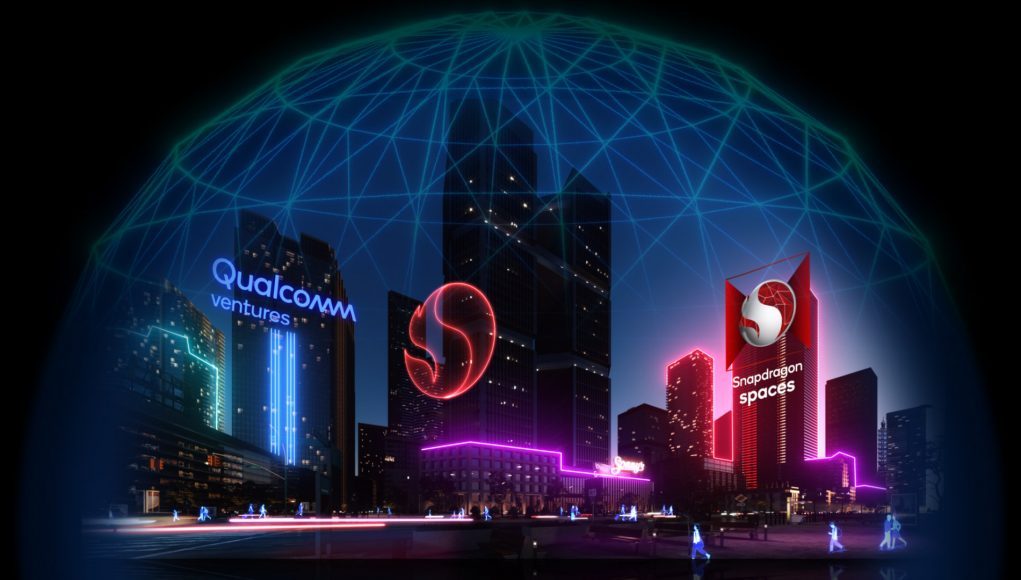Qualcomm, the company known for its mobile Snapdragon processors for smartphones and XR headsets, announced a new Metaverse Fund. The chipmaker says the new fund will be a launchpad for XR developers and companies working to build the metaverse.
At GDC 2022 today, Qualcomm launched its Snapdragon Metaverse Fund for companies building “unique, immersive XR experiences, as well as associated core augmented reality (AR)and related artificial intelligence (AI)technologies,” the company says.
Capital is said arrive through a combination of venture investments by Qualcomm Ventures in “leading XR companies” and a separate grant program for XR developers working in gaming, health and wellness, media, entertainment, education, and enterprise.
“We deliver the groundbreaking platform technology and experiences that will enable both the consumer and the enterprise to build and engage in the metaverse and allow the physical and digital worlds to be connected. Qualcomm is the ticket to the metaverse,” said Qualcomm President and CEO Cristiano Amon. “Through the Snapdragon Metaverse Fund, we look forward to empowering developers and companies of all sizes as they push boundaries of what’s possible as we enter into this new generation of spatial computing.”
Over the years Qualcomm has been increasingly involved in creating reference designs for emerging product categories, many of which in the past centered around VR headsets, which involved its purpose-built Snapdragon XR processors. Those have found their way into VR headsets such as Meta Quest 2, HTC Vive Focus 3, and Pico Neo 3.
Currently the company seems to be focusing on smartphone-tethered AR as the next area of consumer interest. As you’d imagine, the chipmaker is positioning itself deeper into both XR hardware and software creation to better integrate its next generation of Snapdragon processors into the emerging product category.
This follows news that Qualcomm has partnered with Japanese gaming powerhouse Square Enix to create AR content using its Snapdragon Spaces XR developer platform, and TikTok parent company ByteDance to create XR hardware and software.
Developers looking for funding can signup here for Qualcomm’s Snapdragon Fund newsletter.







